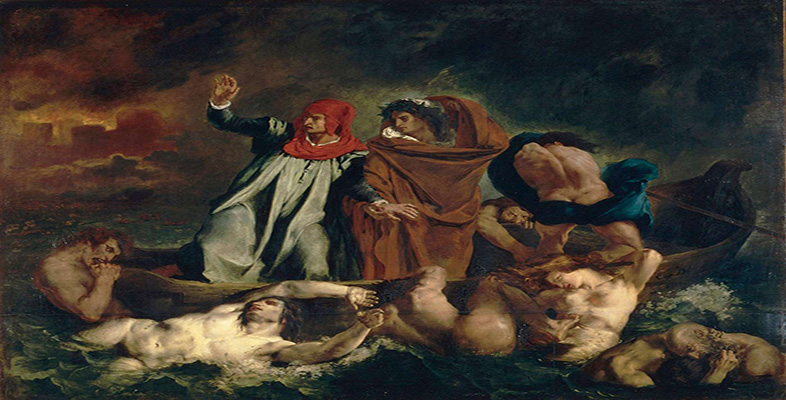6.4 Recasting the Turkish identity
There was a similar ambivalence towards the Turks in music. The plots of eighteenth-century ‘Turkish’ operas had represented Turks as both unenlightened barbarians and enlightened humanitarians. Rameau’s The Courtly Indies (1735), for instance, encompasses four tales of love, the first of which, entitled The Generous Turk, is set in Turkey. It features a magnanimous pasha – a convention followed in two works both generally known as The Unexpected Encounter, Gluck’s La Rencontre imprévue (1764) and Haydn’s L’Incontro improvviso (1775), and by Mozart in The Abduction from the Seraglio (1782), among others. In the nineteenth century, however, Weber’s one-act Singspiel (spoken dialogue interspersed with song) Abu Hassan (1811), which also has a Turkish setting, employed all-Turkish characters (instead of the European-Turkish encounters of the works previously mentioned). ‘Oriental’ music was generally required to meet conventional expectations. Thus fashionable ‘Turkish’ instrumental music of the eighteenth century was represented orchestrally by triangle, cymbals and bass drum and by ‘primitive’ repeated chords. Throughout the arts, therefore, there was an attempt to recast Turkish identity in order to meet the needs of European cultural fashions.
As far as Delacroix’s paintings are concerned, it is perhaps dangerous to associate them too closely with national stereotypes of any kind, since it has been pointed out that the way in which he represented ‘racial’ types was often driven by aesthetic concerns and traditions rather than by any real knowledge or observation (see Grimaldo Grigsby, 1999). Like many of his contemporaries, Delacroix blurred the distinctions between Turks, Moors, Arabs and Persians in his quest for a generalised ‘Oriental’, distinctive only in his or her difference from the European. The arbitrary approach to skin colour (the ‘cadaverous tint’) in paintings such as Chios stimulated among his critics fears of the ‘racial’ degeneration of the beloved Greeks of antiquity (Grimaldo Grigsby, 2002, pp.240–52), but could be explained by widespread confusion about ‘racial’ characteristics. The critics’ preference for the traditional Hellenic beauty of the central figure in Greece on the Ruins of Missolonghi was telling: what mattered was allegiance to a specific, western ideal of beauty. There was an aesthetic hierarchy at play here that expressed, subliminally perhaps, western attitudes towards non-western cultures.
